Best mountain bike lights – top MTB lights reviewed and rated by our test team
Ride your favorite trails at night with our pick of the best mountain bike lights
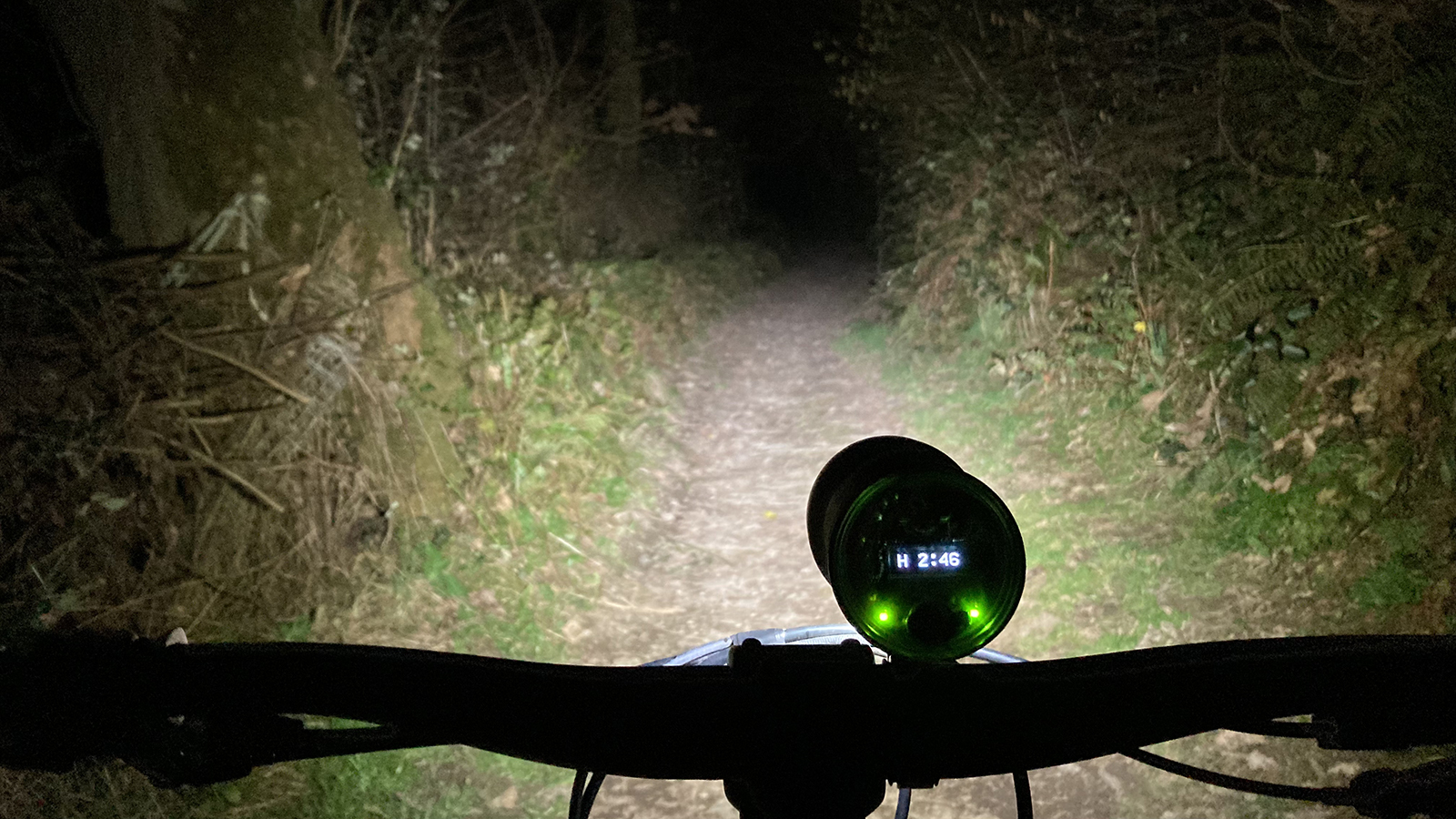
The nights are getting longer now but by equipping the best mountain bike lights you can still ride long after the sun has set. Fitting a high performance front light is a game-changer as you can still properly bomb trails after dark. That's best paired with a decent helmet light too as that will illuminate parts of the trail that aren't directly in front of you.
A night-time mountain bike ride will also put a whole new spin on your local trails, as features cast unnerving shadows on the trail. Speeding between trees in the dark is demanding on a light setup and, like everything else in the bike industry, the best mountain bike lights are improving faster than the speed of… well, you get the idea.
Manufacturers are pushing out higher-lumen lights, batteries are getting smaller and the burn times ever longer. After all, the last thing you want is for the lights to go out mid-ride.
Our expert reviewers have been on the case to assemble this list of the best front and rear mountain bike lights, checking out their brightness, run time, and extra features.
Scroll down for our list of the best mountain bike lights, front and rear, or skip to the bottom to find out everything you need to know when choosing the best mountain bike lights. If you are weighing up all the different options, you may also want to check out our guides to the best budget mountain bike lights and the best MTB helmet lights too.
Best mountain bike lights
Why trust BikePerfect
The quick list
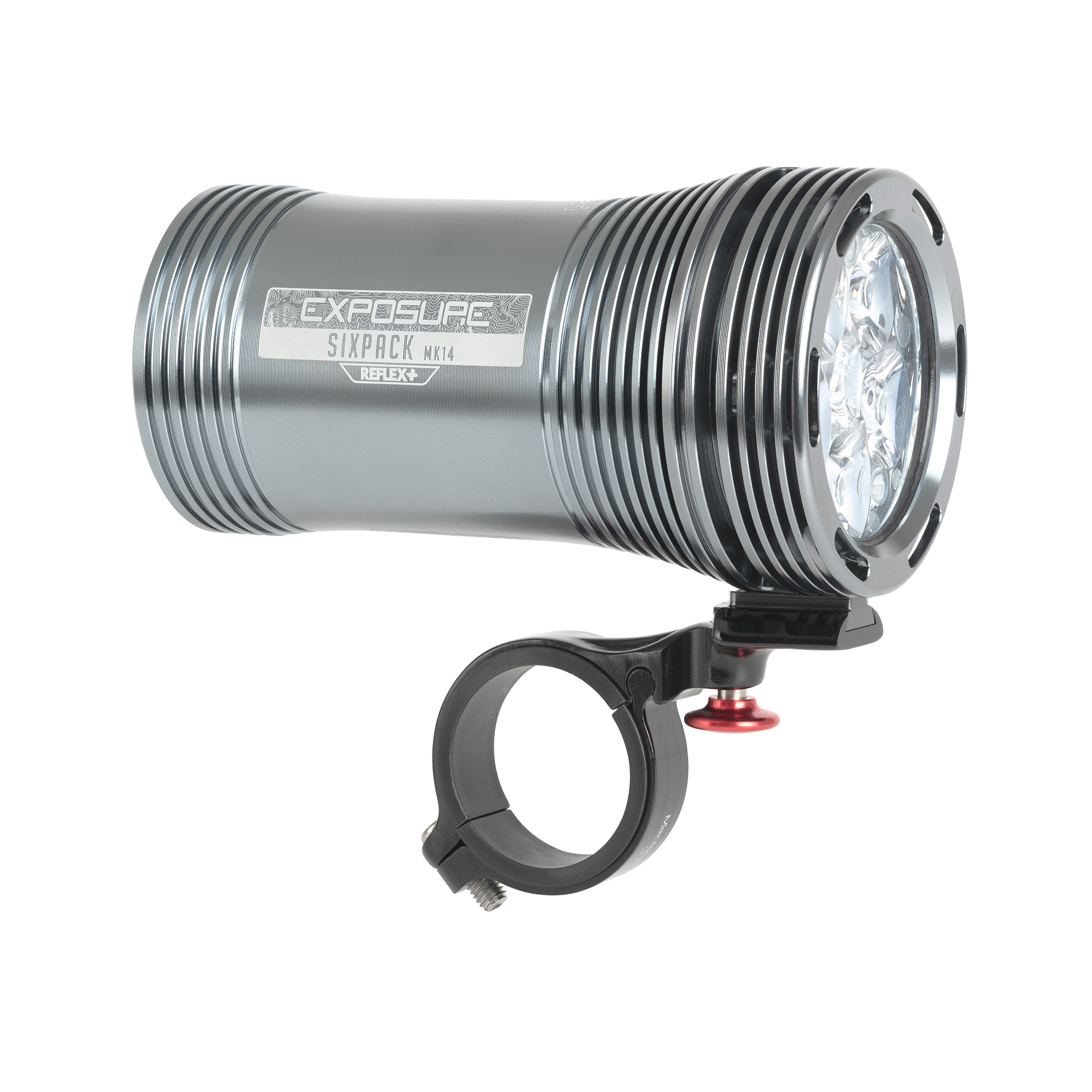
Best front light
A fantastic light with 5,800 lumens and some innovative tech that maximizes battery life and usability.
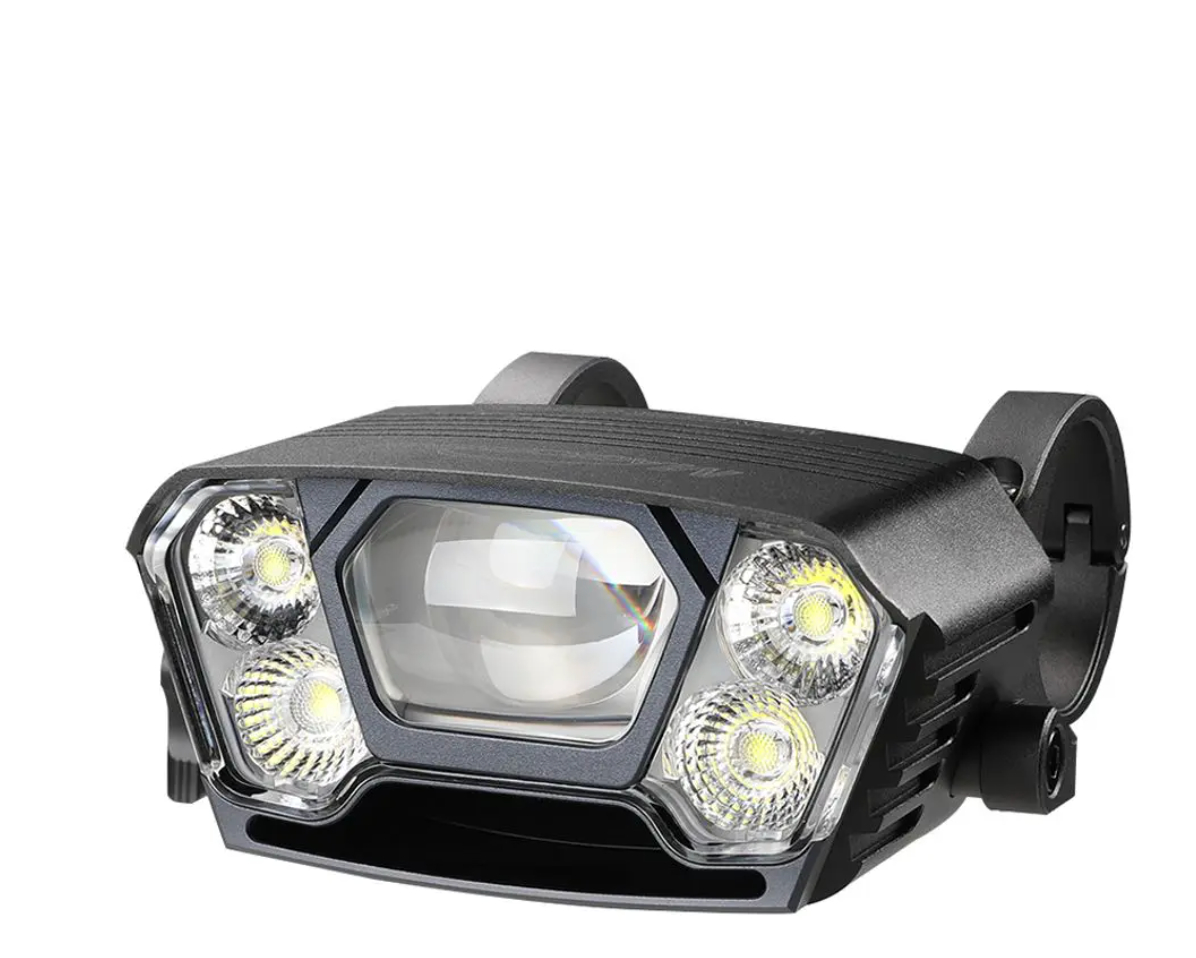
Best powerful beam
With 12,000 lumen on tap, this is by far the most powerful bike light you can buy.

Best value mountain bike light
A great light with a broad beam output, generous run times, and a useful power bank facility at a killer price.

Best app tuning mountain bike light
Excellent light with version two bringing more power, smarter, more communicative batteries, and app tuning.
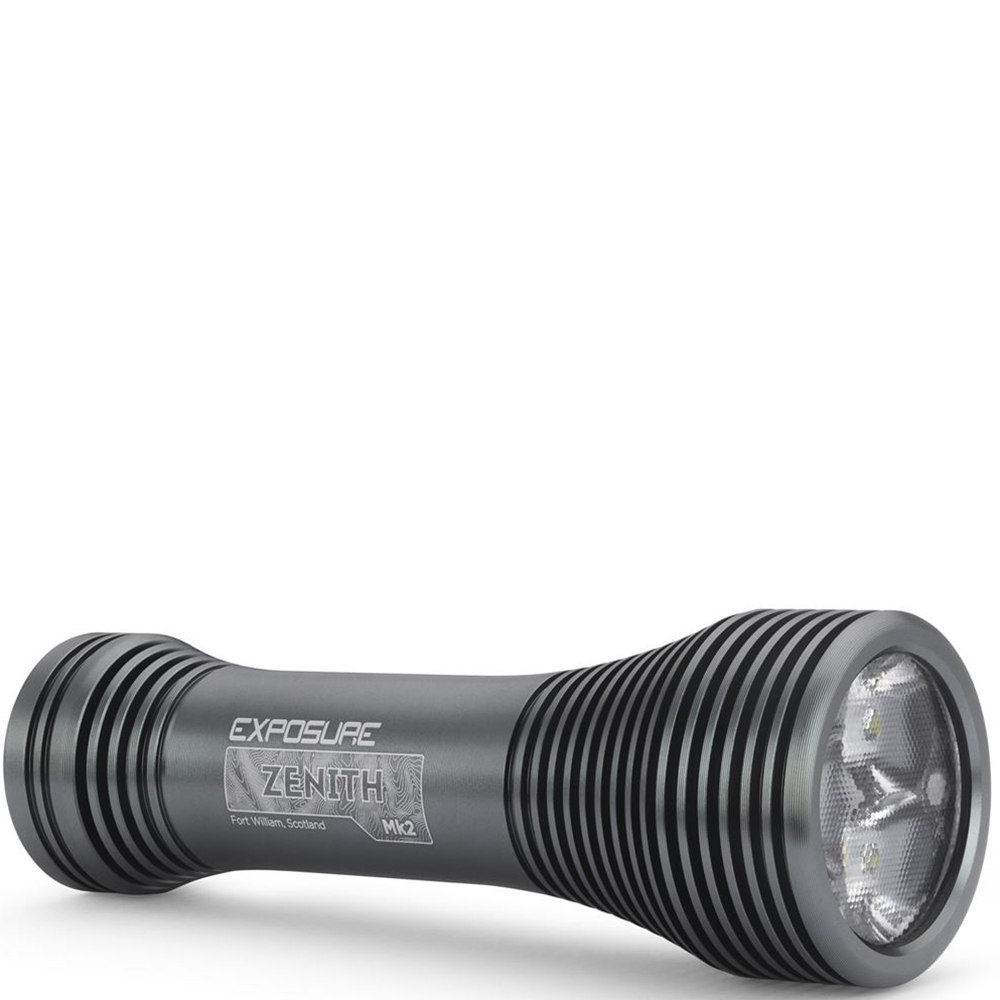
Best helmet light
A fantastic helmet light, with superb build quality, a powerful light beam, and genuinely useful tech options.

Best combo light set
A really useful, reliable bundle with excellent beam spreads, instant max power, and relatively long run times.
See the next 7 lights ↓
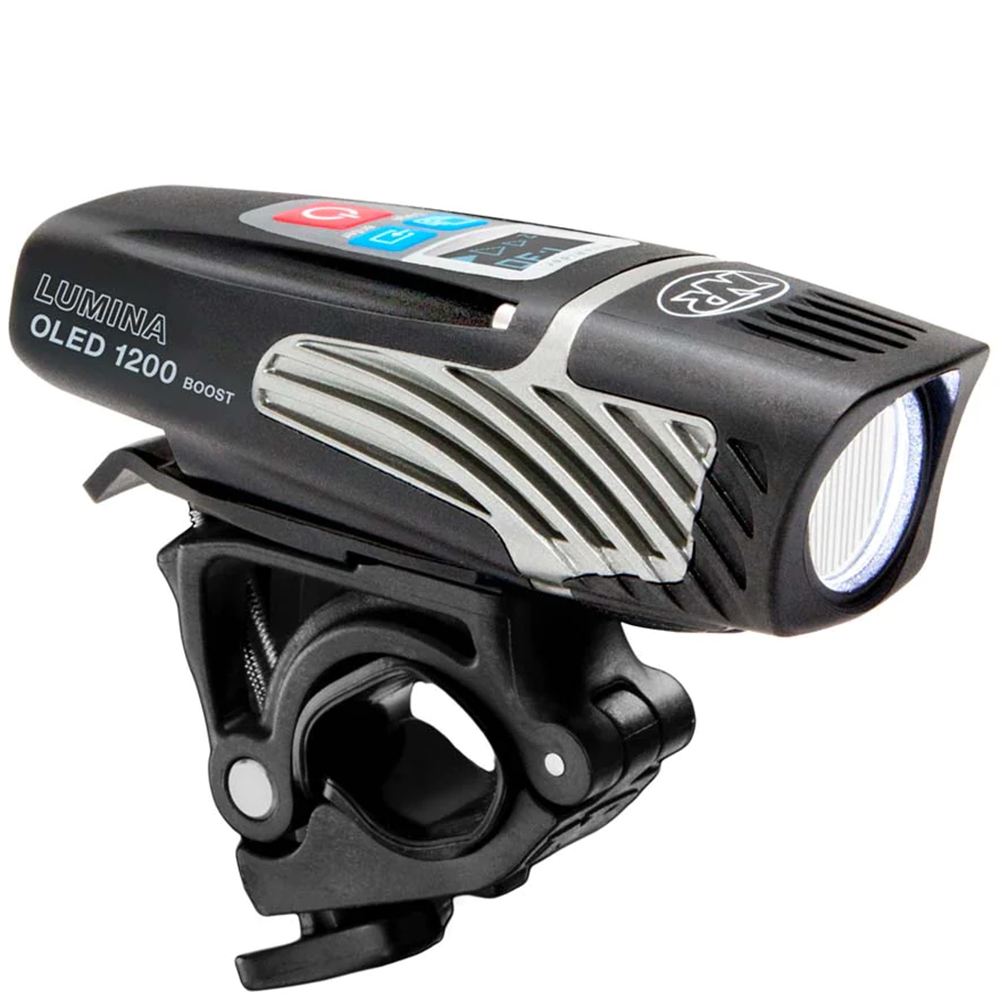
Best durable front light
A compact and tough light with a focused beam that works great for faster road and less tech off-road riding.

Best run time
It's a bit of a beast but it’s big on power, with long run times, and a range of practical features.
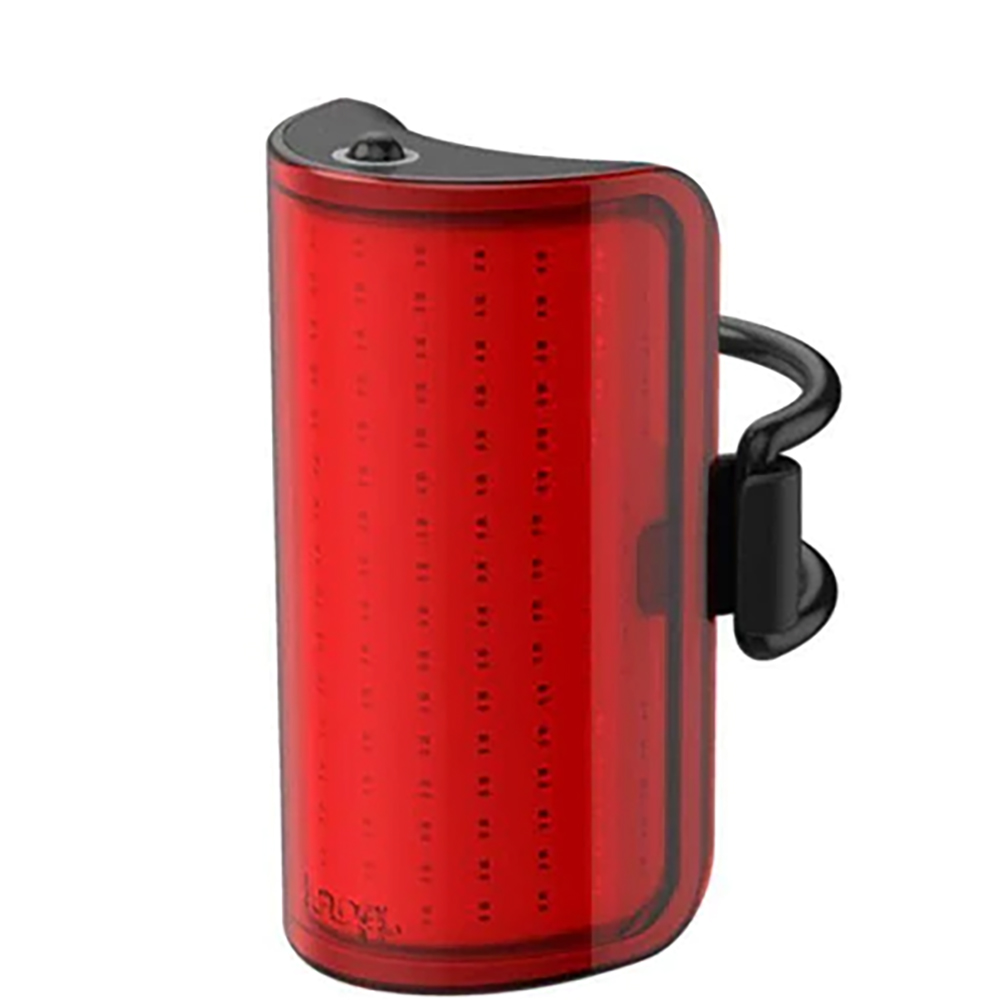
Best rear light
A great rear light with excellent wraparound visibility that offers reliable performance and decent battery life.
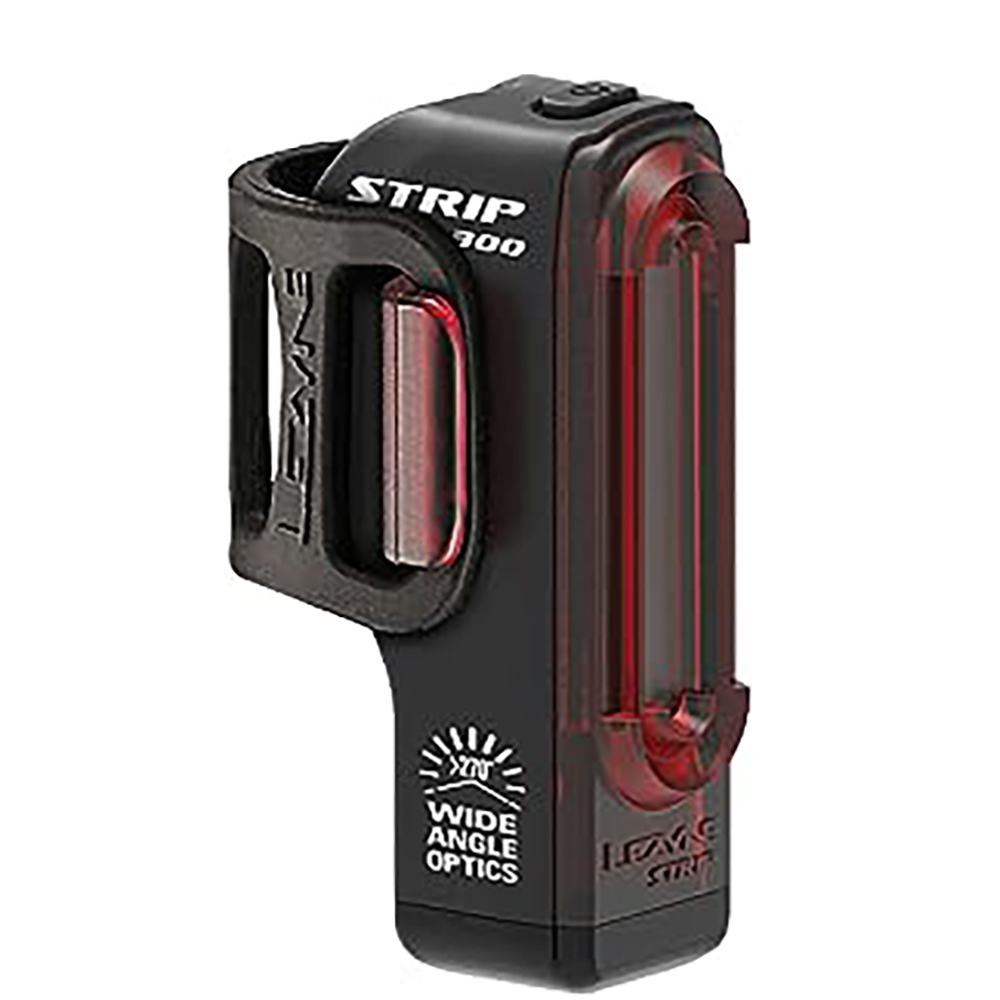
Best bright rear light
A simple but powerful rear light that will keep you visible day or night.
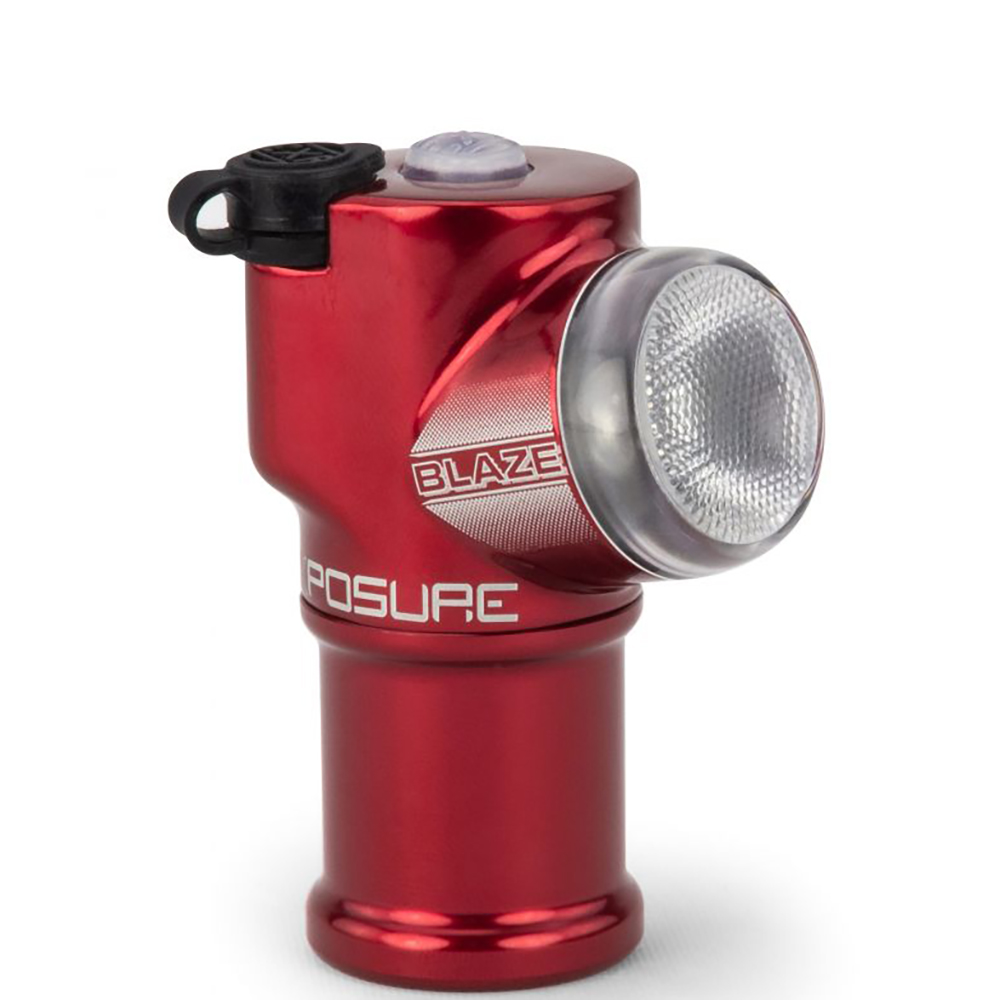
Best smart features rear light
A robust, durable rear light that uses Exposure's clever Peloton and ReAKT technology.

Best ANT+ rear light
A lightweight rear light with 12-hour day-flash mode and ANT+ connectivity.
Best mountain bike front lights
1. Best front light
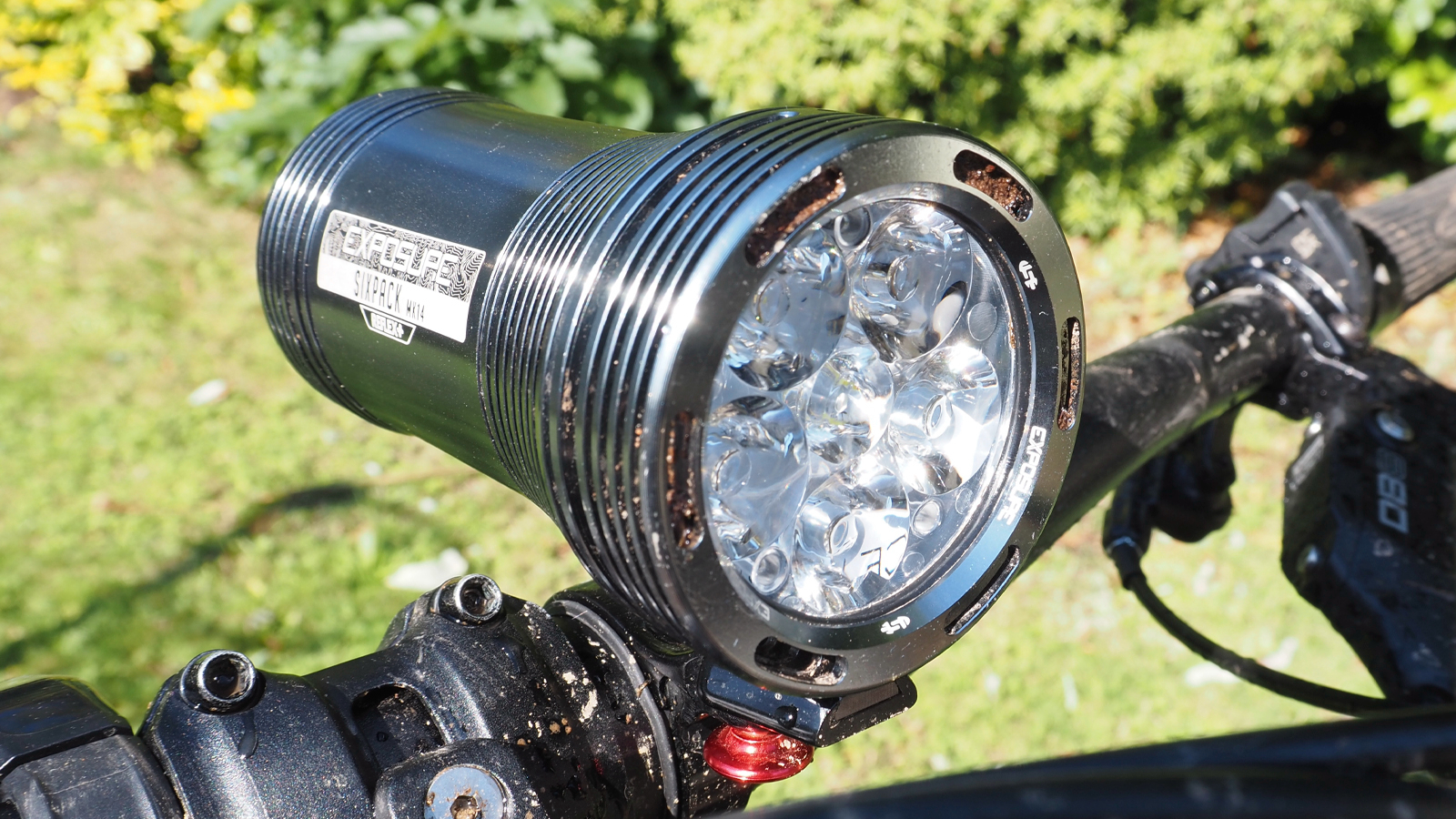
Specifications
Reasons to buy
Reasons to avoid
Exposure incrementally improves its lights on a regular basis, and its latest Six Pack Mk14 is its most powerful front light yet. The Six Pack now has a maximum output of 5,800 lumens (550 more than the Mk12) from six white XPL2 (W3) LEDs powered by an internal 20,000 mAH Li-Ion battery that's 17.6% bigger than the last model. The run time ranges between 2 and 36 hours, depending on which of the 10 pre-programmed settings are selected.
Exposure’s expertise in optimizing run time has led to Reflex+ technology, which can be accessed in programs 1 to 3. Reflex+ uses onboard sensors to calculate when you’re riding downhill and will automatically boost the light's output, which will then automatically go back to its regular output when back on the level or riding uphill.
The Six Pack is supplied with a mounting bracket that can accommodate 31.8mm and 35mm handlebars and incorporates a quick-release function that allows for fast removal of the light. Fitting it is a cinch, though we'd advise regular checks on the bolt holding the mounting plate to the light as that can loosen over time.
In our tests, we spent most of our time in program 1, which provides the brightest illumination and benefits from the Reflex+ technology. The output in the High setting is very impressive, providing a broad beam pattern to capture all the trail features directly in front of you. This gives at least 25 meters of illumination down the trail and a good spread to the sides. Once the onboard sensors have detected you’re heading downhill, the output seamlessly increases to the maximum 5,800 lumens.
There’s no avoiding the fact that the Six Pack is expensive, but you’re getting the latest LED technology with innovations to maximize run time and improve usability out on the trail. It’s a fantastic piece of kit and like all Exposure's lights, it's very well engineered.
Check out our full Exposure Six Pack review, or if you're interested in the SYNC app-controlled version, see our Exposure Six Pack SYNC review.

2. Best powerful beam
Specifications
Reasons to buy
Reasons to avoid
If you want maximum trail illumination, then the Magicshine Monteer 12000 is the light for you. As the name suggests, it kicks out a huge 12,000 maximum lumen – which is more than twice as much as any other light in this article.
The twin clamps on the lamp are designed for 35mm bars, but you get shims in the box to fit thinner diameters, while the separate battery pack has Velcro straps for mounting to your top tube.
The light can be toggled between four different output settings – 12,000, 6,000, 3,000, 1,000 lumen – with claimed 2.1, 7, 11.5, 37 hour run-times respectively. In testing, we mostly used the light in its 6,000 lumen setting on the trail, as the highest setting was so bright, light would bounce back off trees and other nearby objects making it more difficult to see. But on fireroads and open sections, the full power beam extends further and wider than anything else we've used.
Our reviewer, Paul Burwell summed up the Monteer 12000, "with this much power on tap, you can ride as fast at night as you do during the day. And at under $500 you’re doing it for less too."
For more on this light, see our full Magicshine Monteer 12000 review.
3. Best value
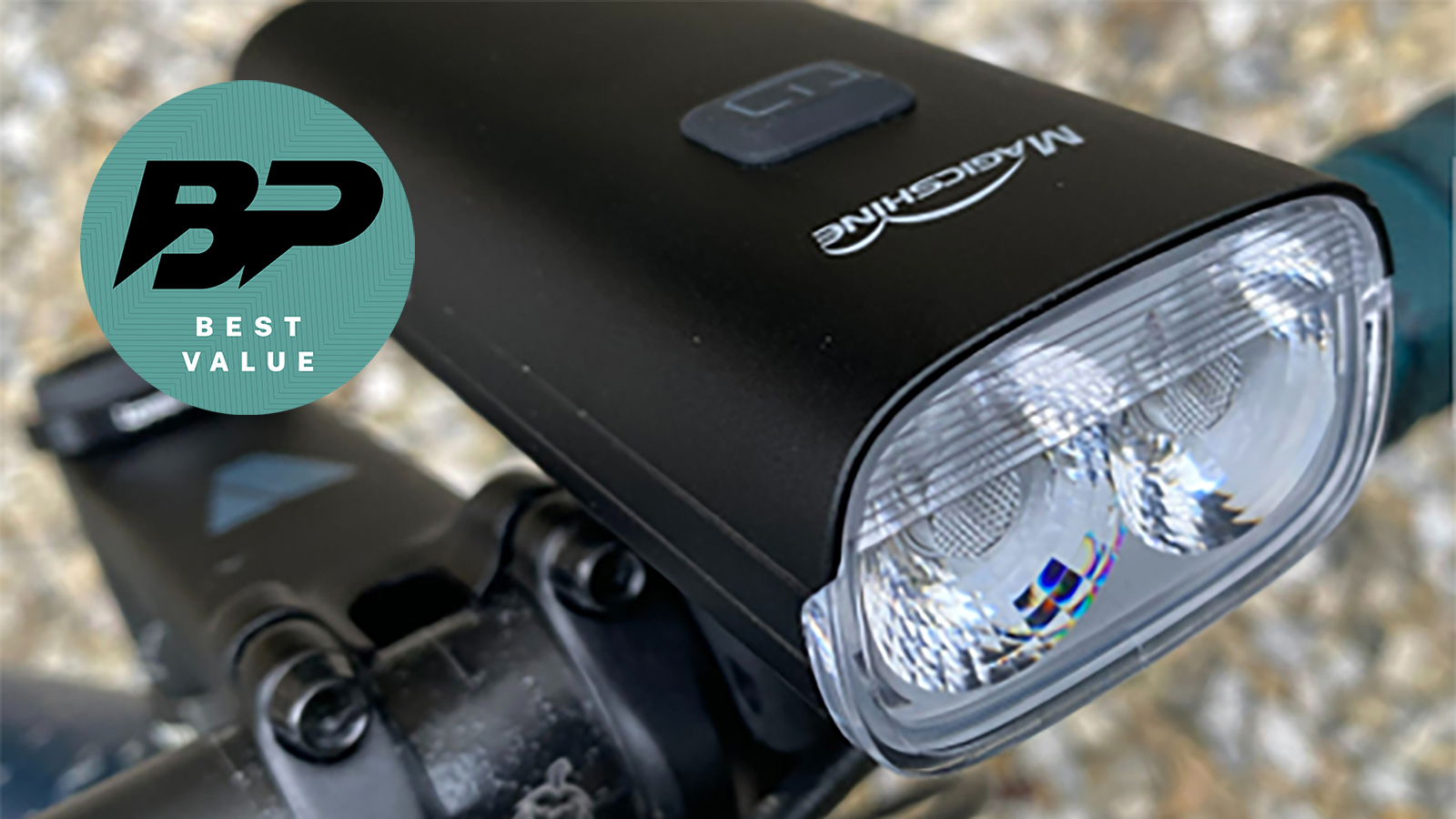
Specifications
Reasons to buy
Reasons to avoid
Magicshine makes some of the best budget MTB lights, and it's not just a high-lumen output for a low cash input that makes them shine. Things like the full metal body, side ribs, and laser-etched logos mean the RN3000 feels far more premium than it actually is.
It's packed with neat features too – the IPX6 waterproof rating keeps the rain out while opting for a neat quarter-turn mount makes things simple and secure. USB-C charges the device as well as functioning as a power bank if you can spare some juice from the 10,000 mAh battery. Run times are decent as well, and we found the RN3000 can pump out the 3,000 max lumen output for around two hours and 19 minutes.
The bright, broad beam output is enough to ride without compromise even in complex situations. We opted to set it in the middle power setting which still pushes plenty of lumens for nighttime riding without needing to worry about battery life. Our only gripe is that there is very limited low-battery communication, but considering the price and battery life on offer, we still think this is a great light.
For more details, check out our full Magicshine RN3000 review.
4. Best app tuning
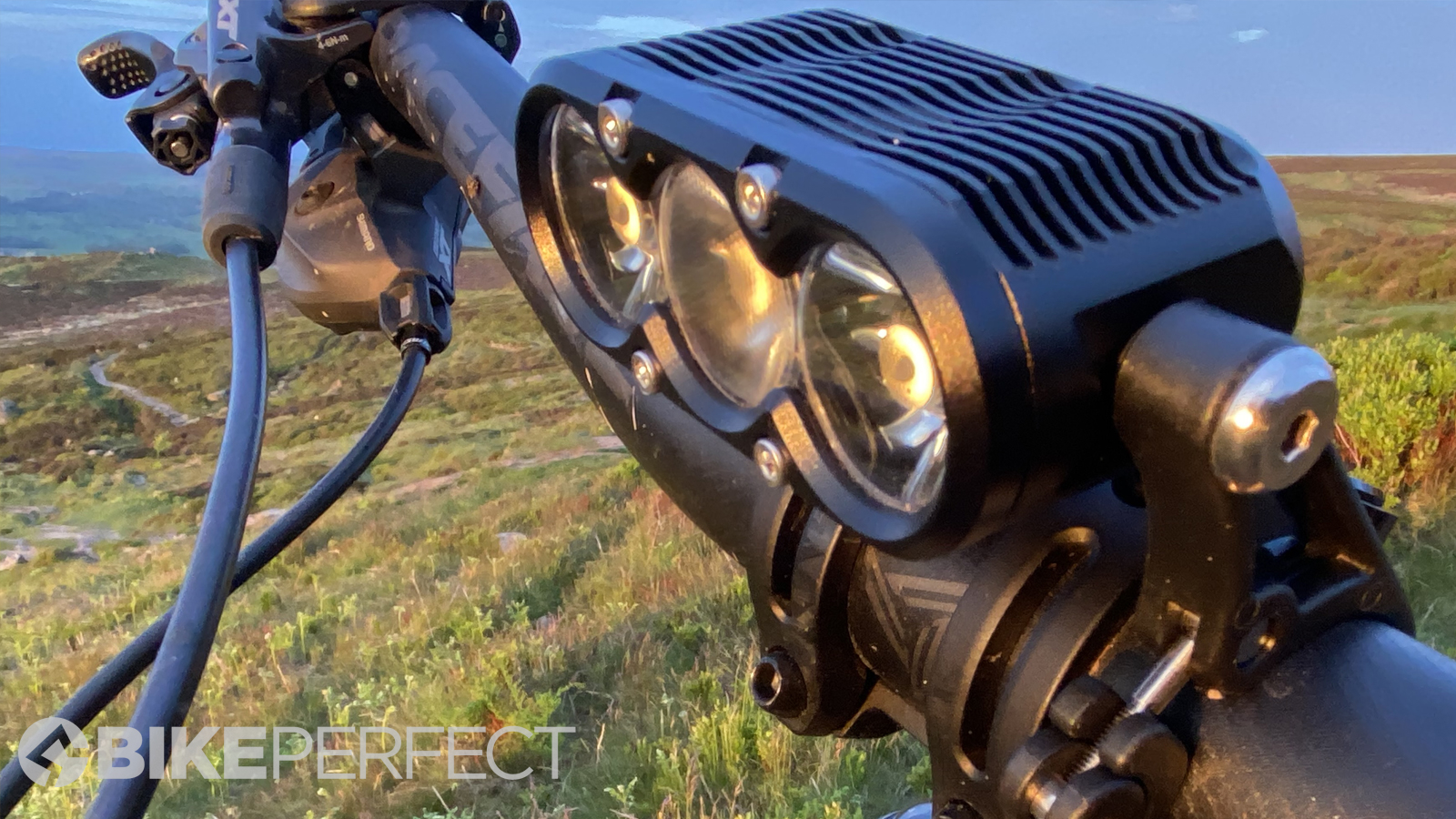
Specifications
Reasons to buy
Reasons to avoid
If you’re looking for a super-versatile yet very durable light for serious mountain bike use then New Zealand brand Gloworm is awesome.
The XSV is the most powerful light in the range with three LEDs giving up to 3,600 lumens of output. The new Generation 2.0 XSV (eXceSsiVe) has been upped by 200 lumens and has three different power settings as standard. However, a neat feature allows riders to customize their own power percentage settings. Plus, it comes with a bar-mounted Bluetooth remote that can operate two different lights at the same time.
The default setup uses a central honeycomb lens which gives tons of punch and reasonable peripheral vision. You can unbolt the faceplate (hex key provided) to swap these lenses for either another spot or honeycomb lens or a wide-ribbed diffuser lens to suit trail conditions.
Read more about the Gloworm G2.0 X2 and XSV lights in our review.
5. Best helmet light

Specifications
Reasons to buy
Reasons to avoid
The Mk3 is the latest version of the Exposure Zenith, which with its improved light beam knocks the previous version off our best helmet light top spot.
While the dimensions of the ultra-robust stainless steel body remain the same as previous Zeniths, the latest version boosts maximum light output to 2,100 lumen increasing the beam length and width.
The Zenith features Exposure's Tap technology which enables you to cycle through three light modes by tapping on the body of the light and accelerometers which vary light output depending on the speed that you're traveling, giving you more light the faster you go and less when traveling slowly. In practice, the latter can be annoying as you need more light on slower technical sections. Eight different light settings give you lots of control and you also have the option to turn the advanced functions on or off.
For more information, see our full Exposure Zenith review.
6. Best combo light set

Specifications
Reasons to buy
Reasons to avoid
Cateye has been pushing bike light performance since it introduced the first Stadium Metal Halide lamp in the early 90s, but its latest light twin set is all about practicality.
The AMPP range has rolled in as a more all-around option with bigger side windows that make for a much broader beam and better side recognition. Unsurprisingly, maximum reach suffers so they’re not as good for flat-out riding but for more general riding off-road and on it’ll be a win for most people.
Communication of battery life is improved too, with a three-stage traffic light color change on the power button. You can double-click straight to high power from anywhere in the five-mode menu and then single-click back again which is great for surprise sketchy situations.
The FlexTight brackets have been slightly refined and the simple ‘worm drive’ strap system gives a secure mount on all bar sizes as long as you don’t lose the loose thumbwheel while it’s undone.
While you can buy each light separately, this AMPP 1100 / AMPP 800 combo comes with a (slightly tall but useable) helmet mount, as well as a GoPro-style shoe to create a relatively affordable do-it-all double act.
Read our AMPP 1100 / AMPP 800 combo review if you are looking for a new twin light setup.
7. Best bombproof

Specifications
Reasons to buy
Reasons to avoid
While most lights we test are slightly disappointing compared to their claimed numbers the Lumina consistently had our reviewers asking, "are you sure this is only 1,200 lumen?". A lot of that is due to the fact that the single LED beam is tightly focused so projects its light a long way down the trail, literally throwing serious shade on allegedly similar power lights during testing. Unsurprisingly, that does mean more of a tunnel vision effect as the light drops off dramatically outside the main beam. That’s fine if you’re into speed on trails you know well and it makes a great helmet light if you buy the appropriate mount separately. However, if you’re wandering around on twisty tech stuff or wondering what just made that noise in the bushes over there the limited spread might freak you out.
There are seven modes including flash for traffic to help eke out battery life. Wherever you are in the menu a double-click of the button gets you straight back to ‘Boost’ too, which is a lifesaver if things suddenly get sketchy.
View our full NiteRider Lumina 1200 Boost review to find out why this simple light is seriously punchy for its price.
8. Best run time
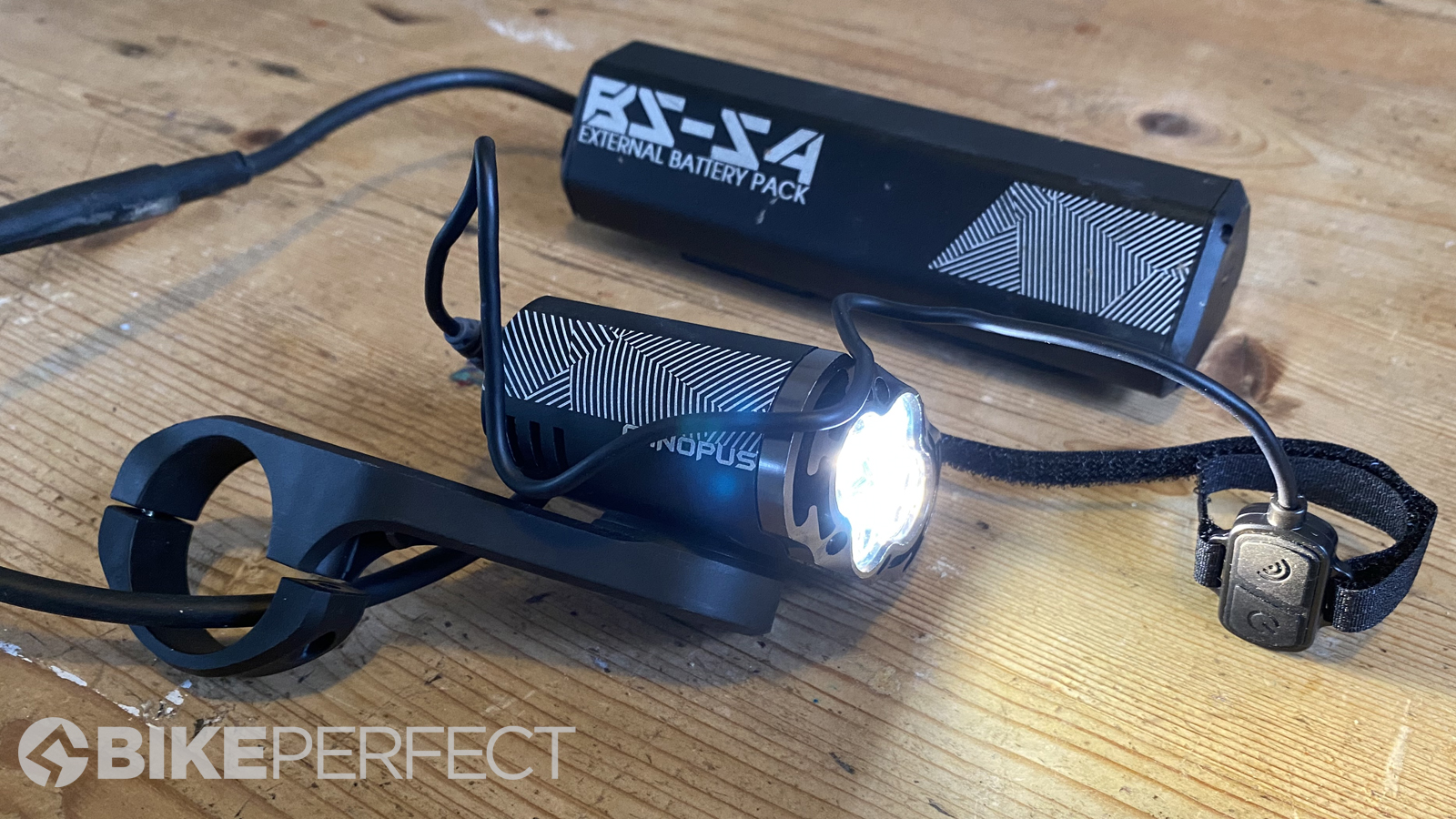
Specifications
Reasons to buy
Reasons to avoid
Canopus is the latest big power light from Moon and it’s a heavily armored setup in terms of battery and head unit, too. That adds some bulk and potential frame mount issues but if you want enduro power lighting with the toughness to match then it’s well worth a look.
The four-LED body sits in the center of a large alloy heat sink case which reduces the risk of overheating (causing an automatic power drop) or burnt fingers when running at the 3,600-lumen max. That’s overkill for most trail conditions, though, so we generally ran it in the 2,500- and 1,600-lumen modes. These give impressive three- and four-hour run times from the long alloy body battery pack. This gets twin straps and guide loops to keep it stable but the sheer length may cause fit issues on some curvy frames. It also adds a lot of weight to the system but it’s very crash-proof. The connectors and leads are all heavy-duty too, as is the ‘out front’ style handlebar mount. It also with an extension cable and a helmet mount.
The fact it’s USB-charged rather than needing a separate specific charger adds convenience and reduces cost. Having long run times to play with partially offsets the fact it only gives basic charge and run-time information, too, but we’d definitely prefer a more communicative setup.
For more info, see our full Moon Canopus review.
Best mountain bike rear lights
9. Best rear light

Specifications
Reasons to buy
Reasons to avoid
Knog's goal is obvious from the design of the Cobber Mid, with a wraparound LED output Knog has maximized the field of view offering 330 degrees of light to keep you as safe as possible. Lumen output is impressive as well and the Cobber Mid is capable of 170 lumens. The small unit size makes it easy to mount in a variety of places and an IP67 waterproofing rating means it won't be drowned in your wheel-spray.
There is a low battery indicator to prompt charging which takes a claimed four hours from empty to full charge. You don't need a cable as the charger is built-in although depending on your available USB charging source it may be awkward due to the placement of the charger.
During our review of the Knog Cobber Mid it proved itself as a superb rear light. If you want to pair it with a front light, we've also reviewed the Knog PWR Mountain light.
10. Best brighter rear

Lezyne Strip Drive Pro 300L
Specifications
Reasons to buy
Reasons to avoid
At the top of Lezyne’s rear light range, the Strip Drive Pro features five LEDs that offer 11 modes, including a 300-lumen day-flash mode. These modes should cater to all riding conditions and consist of three constant modes, six flashing modes, and two modes for daytime riding. A memory function remembers the last mode that you used allowing a quick start-up to your preferred setting. To change settings, the single button on the top is used to cycle through the modes.
An elastic strap is used for mounting and is designed to fit a range of seat post sizes and shapes. Charging only takes two hours using a handy built-in USB plug, although it won't work with all charging devices due to its position on the light.
11. Best smart rear
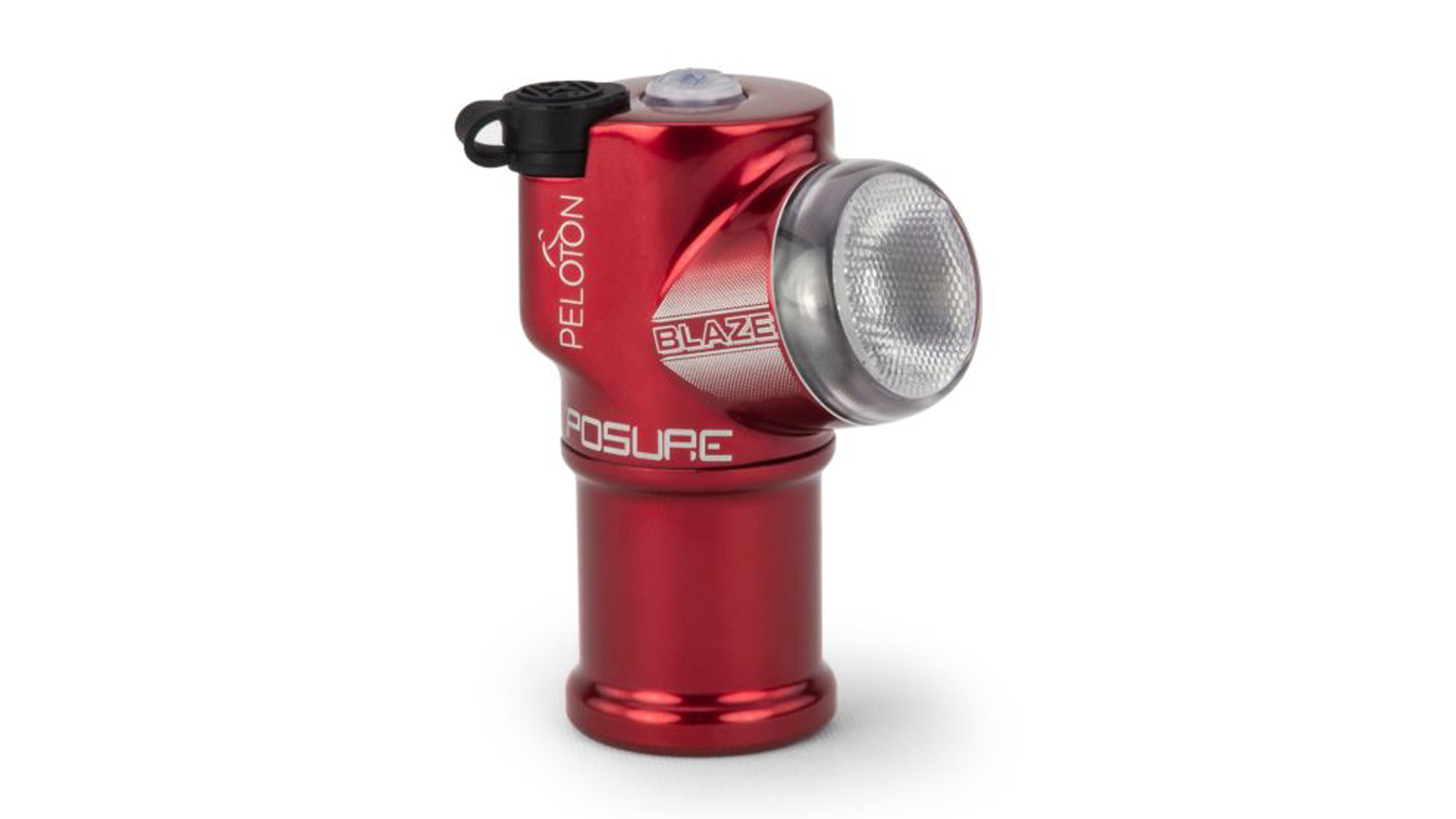
Exposure Blaze Mk3 With ReAKT And Peloton
Specifications
Reasons to buy
Reasons to avoid
Exposure’s Blaze Mk3 brings some clever ideas to the market with its ReAKT and Peloton technology. The ReAKT adapts to ambient light levels to ensure you are always visible in changeable light conditions. The light also uses Ambient Kinetic Technology to detect braking forces which flares the light to 150 lumen, dramatically increasing visibility. Peloton mode is a new feature that adapts the ReAKT technology for group riding. The Blaze will dim if a drafting rider’s front light is detected to avoid dazzling, it will also automatically increase light output when at the back of a group.
The Blaze is robustly built from aluminum and water resistance rated to IPX6. Charging takes four hours and uses a proprietary Exposure cable that charges from a USB port.
12. Best connectivity rear

Bontrager Flare RT2
Specifications
Reasons to buy
Reasons to avoid
Bontrager has been an advocate of daytime lights for several years and has developed specific light-focusing optics and flash patterns for daytime visibility. Its rear Flare model has been updated and the Flare RT 2 returns with a claimed 36 percent weight reduction and 40 percent more lumens. The Flare offers convenience by connecting to compatible Garmin GPS units via ANT+ allowing the rider to control their lights and monitor battery life wirelessly from the handlebars. An ambient light sensor will manage light output, optimizing for the surrounding environment and saving battery life when possible.
An impressive 12-hour day-flash mode offers 45 lumens for long rides plus a 30-minute low power mode once a five percent battery is reached. The Flare RT 2 can be recharged back to full in around two hours from a USB mains supply.
How to choose the best mountain bike lights
How many lumens do you need for mountain biking at night?
With advancements in LEDs and batteries, it's possible to buy bike lights that are several times more powerful than car headlights. Lights are rated in lumens but it's an imperfect measure because the calculation is based on the LED power and battery charge in ideal conditions. In the real world, lights deal with limitations created by circuitry, and thermal rollback – that is, when a light automatically reduces its output to prevent it from bursting into flames.
Most lights designed for trail riding are rated to a minimum of 1,500 lumens, though if you're using a bar and helmet setup, you can get away with closer to 1,000 lumens depending on how fast you ride. If you're just running a bar-mounted light, buy the brightest unit you can afford.
Are bar or helmet-mounted lights better?
In a light system, bar-mounted lights should provide the majority of the lumens, flooding a wide beam down the trail. Mounted below your eye line, this light creates shadows helping you to spot rollers, rocks, and roots as well as creating some depth perception.
Helmet-mounted lights shine where you're looking, helping you see around corners, over rocks and anywhere your bars aren't pointing. This light doesn't need to have the power of the sun and should have a tighter beam pattern than your bar lights.
If possible the best option is to have both helmet and handlebar-mounted lights simultaneously to get the advantages of both setups to illuminate as much of the trail as possible.
Does beam shape matter?
When we talk about lights, lumen count usually grabs the headlines, but the beam shape is equally, if not more important. Ideally, you want something that will have a smooth transition from flood to spotlight with no dark spots or hotspots as this can distract from the trail.
If you're doing lots of high-speed riding and your trails aren't all that curvy, a narrow spotlight beam will suit, but if your local singletrack is twisty and more technical, look for something wide and bright.
What type of battery is best?
Pretty much every light will use a rechargeable lithium-ion battery. Some lights will be completely self-contained, while others will use a separate battery pack.
Self-contained lights eliminate the awkward cables and cumbersome battery packs, however, they are usually bigger and considerably more substantial.
For lights that have a battery pack, consisting of the head and the battery; you'll need to find somewhere to put the power pack, either on your bike or in a backpack. As batteries degrade over time, external packs can be replaced or upgraded, and some brands offer options with different capacities.
How much battery life do I need?
A light that won't last the entire duration of the ride is about as useful as a puffy jacket in the middle of summer. Take into account how long you're planning to ride (keeping in mind that you're probably going to be slower in the dark) and factor in some extra time.
Also, keep in mind that many batteries are affected by temperature, and the cold can have a severe effect on run time. If you live in an area where nighttime temps go below freezing, consider buying a bigger battery or storing it somewhere that's insulated from the cold.
Knowing how much juice your light has left is also vitally important. Some lights have rudimentary green, orange, and red battery indicator lights, while others will show you the time or percentage remaining.
Do I need a rear light?
Rear lights for mountain biking are less important as you don't need to be visible to traffic while on the trail. However, if you do need to ride on the road, whether as a connection between trails or in case of emergency, you will need a rear light so that cars can see you in the dark. Rear lights are also a nice safety feature for riding on the road in the daytime. A rear light will make you more visible to drivers.
A rear light doesn't need to be as bright as your front and we recommend looking for a 70-lumen rear light for general countryside and city riding. All rear lights will have at least a constant and flashing mode these days although different brands will offer various power modes and flashing patterns that are designed to increase visibility. Daylight modes differ from standard night modes as they rely on disruptive flash patterns to attract attention.
Fitting commonly uses silicon straps to mount lights to a seatpost, and is easy to attach or remove quickly. While most lights will accommodate a wide range of seat post sizes it is still worth considering fitting options. Especially important if you have a dropper seatpost or are looking to mount your light to seat stays, helmet, or saddlebag.
How we test mountain bike lights
All the lights tested here have been used over many hours of riding on a variety of trails in all weathers. We've done comparative testing with the all lights featured here – along with other models that haven't made into this article – so you know the ones in this list are the very best available. We will continue to update this article with worthy new models when they become available.
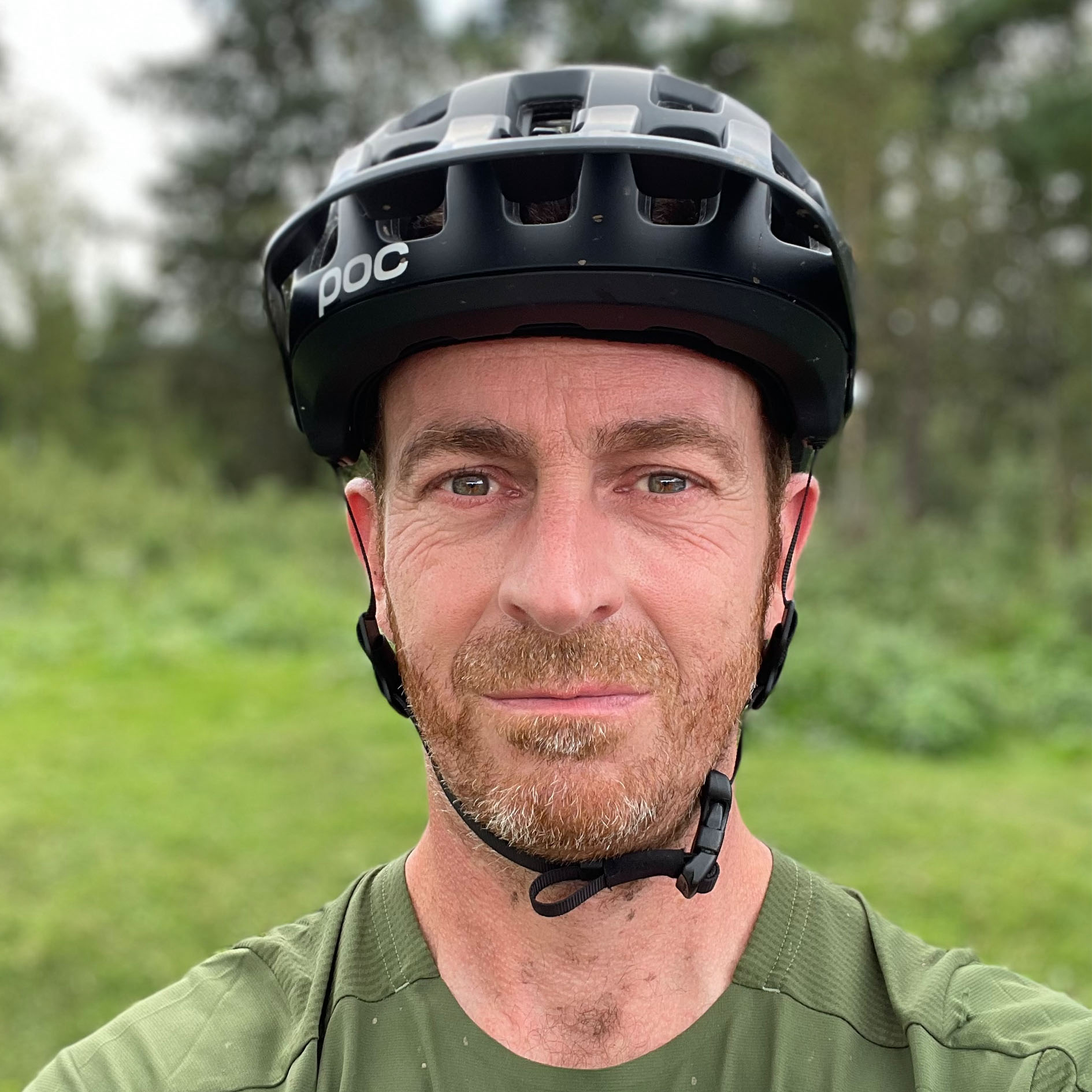
Rich Owen joined the BikePerfect team as editor in 2021. He's worked as a journalist and editor for over 24 years, with 12 years specializing in cycling media. Rich bought his first mountain bike (a rigid Scott Tampico) in 1995 and has been riding MTB for almost 30 years.
Current rides: Merida One-Forty 6000, Banshee Paradox, YT Jeffsy Core 3, Saracen Ariel 30 Pro
Height: 175cm
Weight: 69kg
- James WatkinsFreelance Writer
- Guy KestevenTechnical-Editor-at-Large
- Paul BurwellFreelance writer
- Colin LevitchFreelance writer
